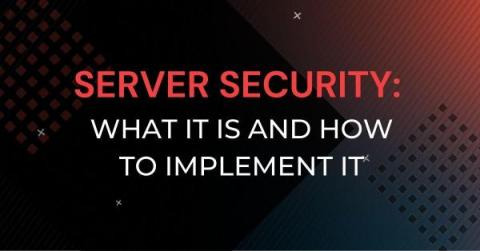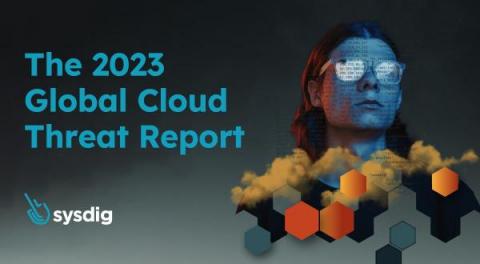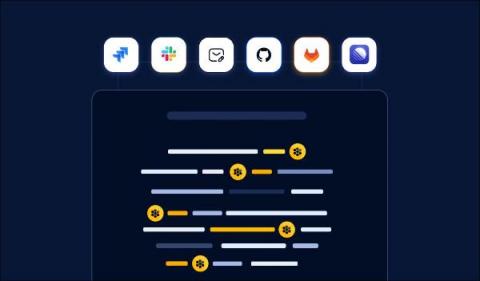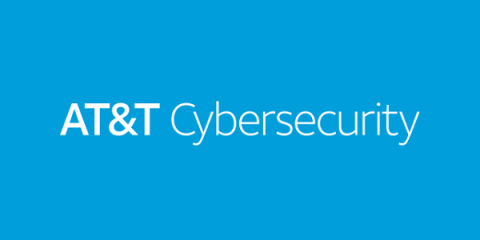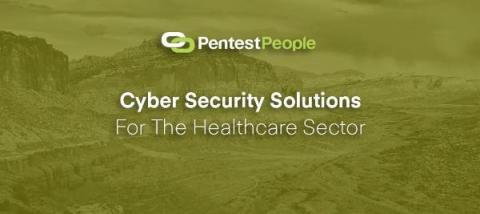Security | Threat Detection | Cyberattacks | DevSecOps | Compliance
Latest News
How To Prevent Your Instagram from Getting Hacked
Unfortunately, Instagram is a common target for malicious hackers. Cybercriminals hack accounts in order to distribute spam, commit phishing attacks against your followers and steal your data. There were more than 1 million social media account takeovers in 2022, and most of the affected accounts were on Instagram.
2023 Global Cloud Threat Report: Cloud Attacks are Lightning Fast
The second annual threat report from the Sysdig Threat Research Team (Sysdig TRT) is packed with their findings and analysis of some of the hottest and most important cybersecurity topics this year. Threat actors are really embracing the cloud and are using it to their advantage to evade detection and speed up their attacks.
How to Secure Your Productivity Tools with GitGuardian Honeytoken
GitGuardian Honeytokens are potent tools in the cybersecurity toolkit, notifying you of any unauthorized activities in code repos, Jira, Slack, Linear, and more.
Code Mirage: How cyber criminals harness AI-hallucinated code for malicious machinations
The landscape of cybercrime continues to evolve, and cybercriminals are constantly seeking new methods to compromise software projects and systems. In a disconcerting development, cybercriminals are now capitalizing on AI-generated unpublished package names also known as “AI-Hallucinated packages” to publish malicious packages under commonly hallucinated package names.
How Torq Socrates is Designed to Hyperautomate 90% of Tier-1 Analysis With Generative AI
Understanding India's Personal Data Protection Bill (PDPB)
Despite being the second-largest internet market in the world, India has yet to pass a comprehensive data privacy bill. It is important to have policies and regulations in place to protect them and their right to data privacy—a right that India’s Supreme Court recognized in 2017. Since then, the country’s government has been working towards passing a bill that codifies the rights of individuals to data privacy and protection.
An Introduction to Cyber Threat Intelligence: Key Concepts and Principles
Cyber Threat Intelligence (CTI), or threat intelligence, is evidence-based knowledge established from current cyber threats, gathered from myriad sources to identify existing or potential attacks. Threat intelligence assists in identifying the motives, targets, and attack behaviors of a threat actor and implementing strong defenses from future attacks. According to IBM’s Cost of a Data Breach 2022 report, the average data breach costs its victims $4.35 million.
Is Your MSP Taking Its Own Security Seriously?
Most small and midsized businesses trust an IT services partner to help them secure their networks. A few years ago, high-profile cyberattacks targeting MSP vendors Kaseya and SolarWinds thrust the security risk of relying on a complex chain of vendors into the technology media and moved the Department of Homeland Security to issue a statement about the need for greater security in the IT services industry.
Cyber Security Solutions For The Health Care Sector
In an era where digital data is integral to the efficient operation of the health care industry, the importance of robust cyber security solutions cannot be overstated. The sensitive nature of patient data combined with the industry’s increasing reliance on technology, significantly escalates the potential risks and consequences of cyber threats.


